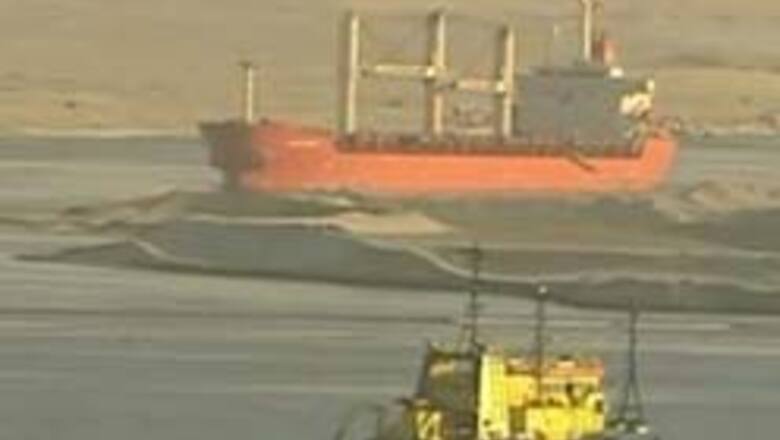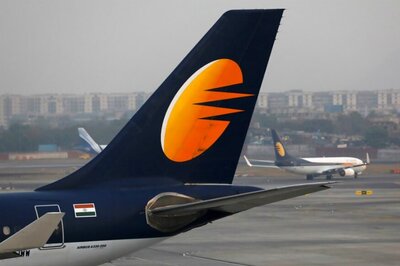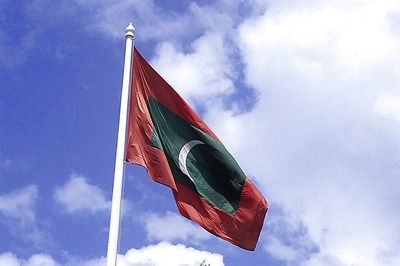
views
Islamia: A treasure chest for a modern day pirate, ships and tankers ready for the catch. The Suez Canal has been the route of choice for tens of thousands of vessels every year floating through the waters and past the sands of Egypt.
Ships have used the canal as the most economical and timely route for more than a century but with the rise in piracy off the horn of Africa some are working on new strategies for safe voyage, some avoiding the canal entirely.
The traditional route for ships starts in the Mediterranean, from where they make their way through the canal and into the red sea. They are then forced to pass through the risky waters of the Gulf of Aden an area of increased pirate attacks.
Some companies are now opting for Africa’s western coast and around the Cape of Good Hope adding weeks to deliveries, driving up costs, and emitting more pollution.
The Suez canal is extensively used as the fastest ship crossing from Europe to Asia. It’s one of Egypt’s top five money makers, earning 4.2 billion dollars in 2007 and it's expected to generate the same revenue in 2008.
But criminals on speed boats are the least of admiral Ahmed Aly Fadel's worries, who has been in charge of the canal since 1996.
He says for Egypt, the real threat comes in the form of the global financial crisis, which has brought a downturn in international trade. A concern echoed by financial analysts
Everyone would hope trade would recover pretty quickly, though that is unlikely before the third and fourth quarter of next year.
The fear is that Egypt could lose two to three decades worth of gains in just one recessionary period something the country cannot afford.


















Comments
0 comment